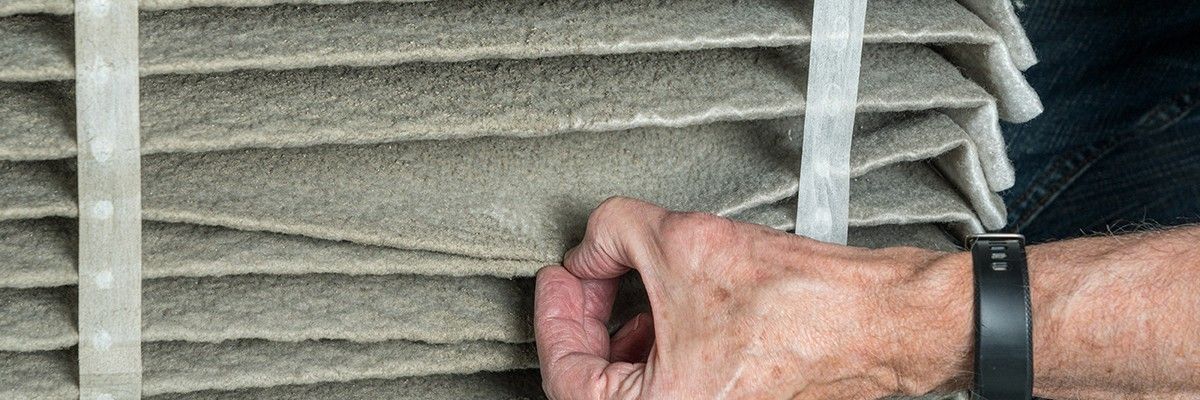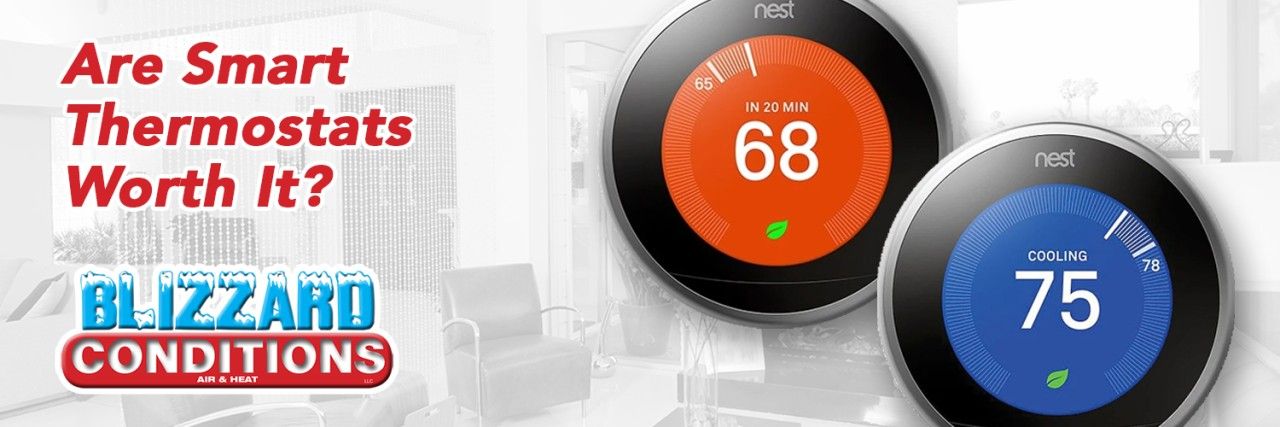Using high-quality, properly fitting air filters, and replacing them often, is one of the cheapest and easiest things you can do to extend the life of your HVAC system.
High-quality air filters cost more, but they can easily pay for themselves by improving indoor air quality (IAQ), reducing the likelihood of expensive repairs, and improving your system’s efficiency and performance. In fact, it’s estimated that a clean, high-quality air filter can reduce your air conditioner’s energy consumption by as much as 16 percent!
The basic function of any air filter is to trap dust, pollen, mold spores, and other airborne particles in its fibers. As filters age and deteriorate, they lose the ability to trap new particles, and they can release those same fibers and other debris into your system.
Higher-quality air filters will trap more particles, this is particularly important if you suffer from allergies or a respiratory condition like asthma or COPD, but a higher MERV rating is no substitute for a properly fitting filter that is changed regularly, and you can overdo it. A higher MERV rating means less airflow, which can damage your HVAC system.
When any air filter becomes clogged, air will bypass the filter and contaminate the evaporator coil, thereby reducing the coil’s heat absorbing capacity. In other words, your air conditioning system will have to work harder to cool your home, resulting in unnecessary wear and tear, higher energy bills, and lower indoor air quality.
Exactly how often you should clean or replace your filter depends on your environment and the type of filter, most residential filters aren’t designed to be cleaned. If you smoke in your home, or you have long-haired pets, you may want to change your filter more often.
Let’s begin by defining our terms… There are 3 basic types of thermostats: Manual Thermostats, Programmable Thermostats, and Smart Thermostats.
Manual Thermostats, the kind you might find in a hotel room or a very old home, allow you to manually set the temperature – that is all. They’re inexpensive, but they’re not especially precise or energy efficient. Programable Thermostats, a giant improvement over Manual Thermostats, automatically adjust the temperature based on a pre-set schedule – if you take advantage of that feature.
So what makes a thermostat “smart” and are they worth the added upfront cost?
Whether it’s a thermostat, washing machine, TV or blender, the “smart” prefix simply means that the device is Wi-Fi enabled so it can connect to an app on your smartphone or tablet.
The most basic Smart Thermostats just allow you to adjust the temperature remotely. This means that you can set the thermostat to your desired temperature before leaving work for the day or on your way home from the airport after a vacation or business trip, while maintaining an energy-saving temperature while you’re away from home. Conversely, if you realize on day 3 of your vacation that you didn’t turn up the thermostat before leaving, you can correct that mistake from anywhere in the world.







